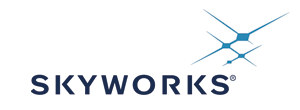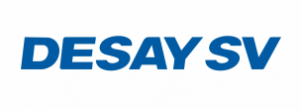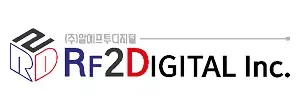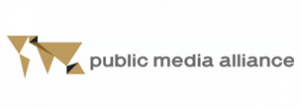Finland has participated in the international DRM work since the late 1990s. The R&D work in Finland has been mainly funded by the Finnish government innovation system. The total investment has been approx. 1.5 million euros. As the result of the long-term work, a group of experts has developed a new systems-level technical and business solution, which is based on DRM30.
The work has advanced to a point where the new solution can be commercially exploited by selling it to a company or an organization. The DRM team in Finland is looking for cooperation with DRM members or other companies, organizations, and government agencies, which are interested in using the new solution as part of their business.
Demonstration and selling phase during 2013
During 2013, a small-scale demonstration system using existing technology would be built as a cooperation of specialized companies in Finland (e.g. Elektrobit Oyj). The system would be used for demonstrating the benefits of solution to the Finnish government and to the representatives of selected potential users/buyers.
The DRM team in Finland is ready to transfer the invention to an interested party participating in the demonstration phase. The party can sell the rights to the new solution to a single buyer or several buyers. Examples of users and buyers are government agencies, public organizations, retail chains, advertising and media companies, Internet companies, mobile operators, mobile phone manufacturers, and medium-sized or large consumer companies in a single country or region.
Basic ideas of the new DRM-based solution
At the beginning of the 1990s, no one in the world had a mobile phone. Nokia in Finland utilized this unique business opportunity by connecting people with phones. At this time, most of the world’s people already have a mobile phone (e.g. 650 million phone users in Africa). The new Finnish solution ingeniously utilizes the ubiquitous availability of mobile phones in the world during this decade.
Contacting the users over the current mobile networks is controlled by gatekeepers. The Finnish systems-level solution bypasses these obstacles in a clever way by using DRM30 transmissions for blanketing the target countries and regions with preselected multimedia content optimized for the mobile environment.
The solution is based on new innovations, which utilize the received multimedia content for establishing and maintaining a proprietary continuous direct contact to the people who have a mobile phone in the selected countries and regions. The return channels available in each country (e.g. mail, points of operation of the organizations and companies sending the content) and in the mobile phones (text messages, phone calls, e-mail, and Internet connection) augment the DRM30 network into a two-way network between the sender of the content and large numbers of people using mobile phones.
The use of DRM30 technology means that the development, investment and operating costs of the new solution are very low. This allows the owner of the proprietary system to continuously offer optimized services totally free to the users of the system. A small group of DRM companies can implement and operate the system as a long-term partner to the buyer or the buyers.
Opportunities for the least developed countries
The system forms an ultimate solution for governments and the international community for the development of the least developed countries of the world (e.g. Afghanistan). The system covering the villages and the locations of government agencies of the whole country would make Afghanistan the first country in the world where the government has a continuous direct two-way contact with the citizens. The new solution can also be directly implemented in other least developed countries in Asia and Africa. The Ministry for Foreign Affairs of Finland is interested in offering the new service to the international community as a central part of Finland’s development policy and development cooperation.
Opportunities for religious organizations
By using the places of worship and religious gathering, religious organizations can continuously communicate directly with the followers of a particular religion in the countries where they have an established presence and in the countries where they desire to expand their presence. With the direct two-way network they can contact and support their existing and new followers in selected countries in e.g. Middle East, Africa, Latin America, and Asia.
Opportunities for local, regional and global companies
In the more developed countries and the emerging markets, companies can exploit the active direct two-way connection to the masses of people as a central part of their business. In each country, the control of the network allows the owner (e.g. an international consumer brand company like Coca-Cola or PepsiCo) to select a number of local, regional and international companies or organizations, which have a network of points-of-operation in the country, as long-term strategic partners.
The network drives the users to the physical locations of the owner company and its partners (e.g. points of sale, restaurants). The active contact also prompts the people to go to the Internet sites that are critical to the success of the companies. The companies using the service can stand out of the competition and lock large masses of customers into the network. In this way, the companies can gain unique competitive advantages for the 3–4 billion people living in the developing and emerging countries during this decade. In the same way as Google, the owner can also charge outside paying customers for the exclusive access to the personal spheres of the masses of phone users.
For more information, please contact Mr. Simo Lehto in Helsinki, Finland mail@simolehto.fi


